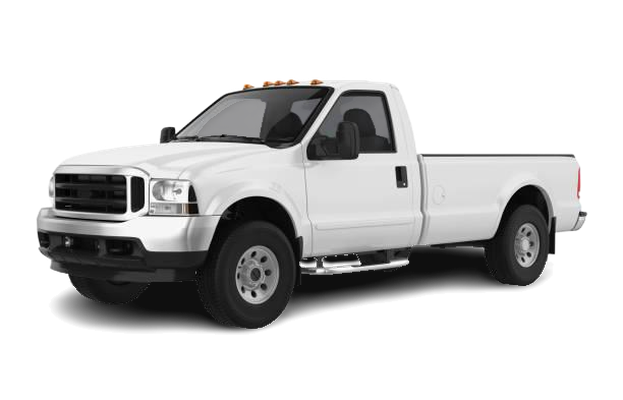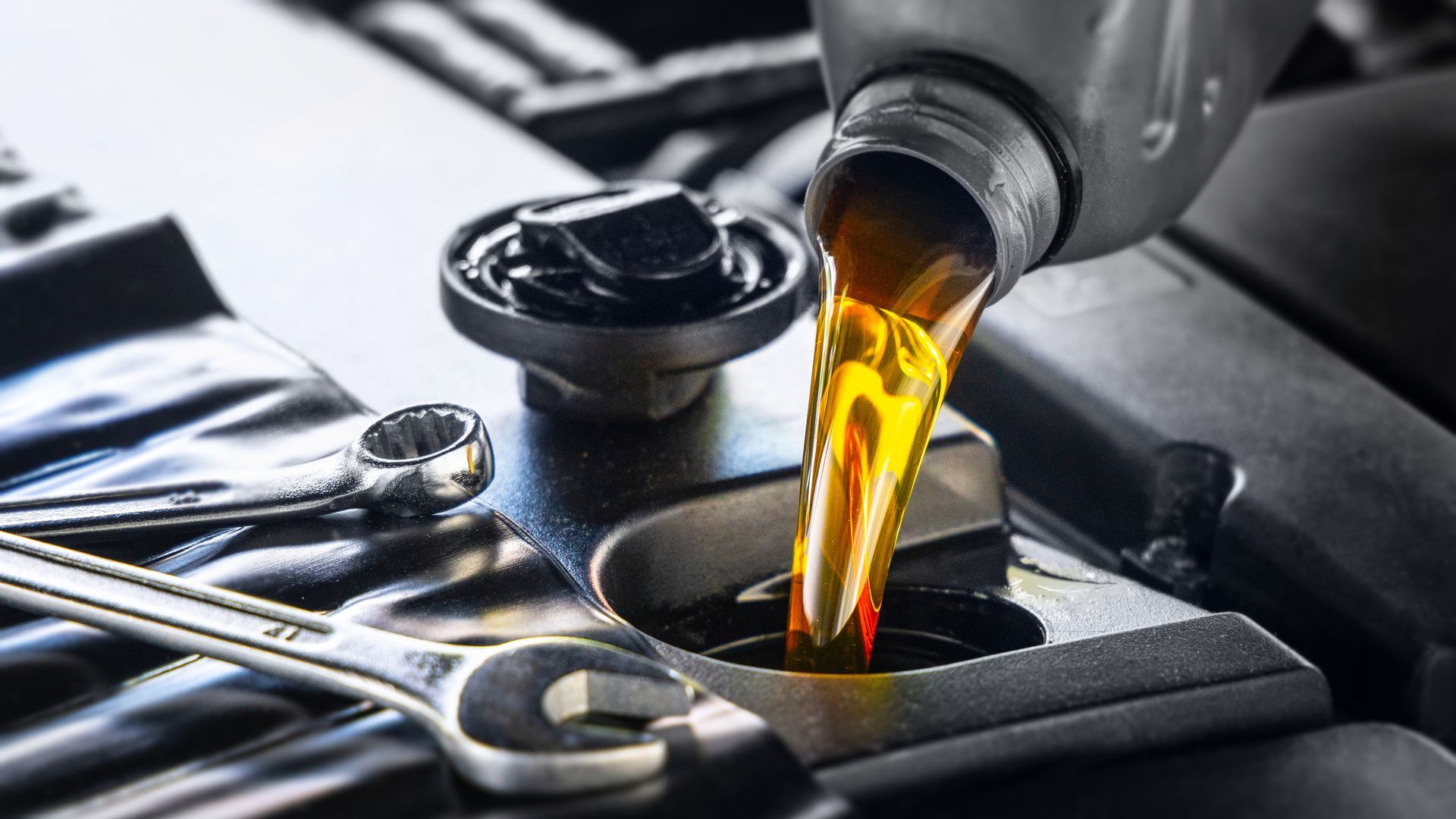Call Us Today! 530-701-4300
Address: 114 3rd St, Marysville, CA 95901
Car and Truck Service Tips
Here are tips on protecting and maintaining your car or truck. If you have a question, call Auto Doctor Marysville, at 530-701-4300 today.
Tips to Keep Your Vehicle in Good Condition
Check Engine Light
Your car or truck’s engine is a big thing. Your check engine light tells you the health of your car or truck engine. Keep an eye on your engine check light. You should get your vehicle into a service station for analysis if it comes on. If the check engine light flickers or comes on periodically, this may be an early warning sign. Bring your car to our shop,
Auto Doctor Marysville, to have your engine systems analyzed.
Transmission
Flushing your transmission fluid regularly maintains your vehicle’s performance. Transmission fluid should be flushed about every 30,000 miles. Just like oil, transmission fluid breaks down. You want to keep the viscosity to ensure it gives you the performance you need.


Fuel System and Engine Performance
- Normal Service: Every car is different. The average interval is 5-15,000 services: change oil, brake check, rotate your tires, and check the air filter. The front brakes can last about 30,000 miles. Driving on a highway is not as hard as driving on hills or mountains.
- Major Service: These occur every 30-60,000. This differs from a normal service in that you tune up, change spark plugs, change brakes, change fluid oil, transmission, brake, and coolant.
- Severe Service: Be sure to check the following: air filter, oil filter, belts, spark plugs, hoses, tires, brakes, all suspension parts, ball joints, tie rod ends, U joints, and CV boots. Checking these can provide you with the assurance that your vehicle will be safe.
How to Survive When Your Car or Truck Overheats
Often, your car starts heating up, and you think you can just keep driving to make it to the next town. This is not advisable. You need to stop your car for 20-30 minutes to let it cool down before adding new or more coolant. Driving on an overheated engine will burn up your car or truck's engine.
1. Pull Over to Allow Your Engine to Cool
Wait at least 30 minutes before adding coolant or water.
2. Add Water or Coolant
Add water or coolant after cooling your engine for at least 30 minutes. If water or coolant is coming out as fast as you are pouring in, you will need to be towed. Normally, if your temperature gauge goes over 3/4, you need to pull over and cool down for 30 minutes. After 30 minutes, you can try driving while keeping an eye on your temperature gauge.
3. Turn On the Heater
If your engine temperature indicator starts soaring or is high, turn on the heater in your car or truck. It sounds funny to some people, but it will help save your engine and keep you moving until you can get to a safe place.
If you are far from the nearest city or service station, you can turn on the heater to cool the engine. Although it may be uncomfortable and hot inside your car, this helps the engine reduce the heat index when your coolant system has failed.
Need A Repair Right Now? Call Us today!
BROWSE OUR WEBSITE
CONTACT INFORMATION
Phone Number:
Email Address:
Address:
114 3rd St, Marysville, CA 95901
BUSINESS HOURS
- Mon - Wed
- -
- Thu - Sun
- Closed





Licensed | Insured